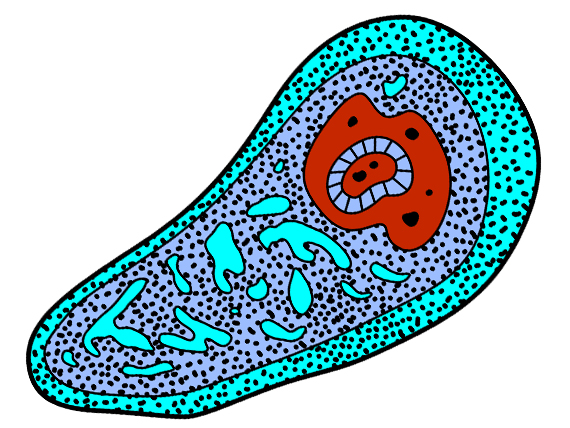

A dog can go into shock for a variety of reasons, but when their blood volume or fluid levels drastically drop, shock can onset rapidly. Hypovolemic shock affects the renal, cardiovascular, gastrointestinal and the respiratory systems of a dog. Prolonged levels of shock can also severely damage the cardiac system. It is a serious condition that requires immediate medical attention.
Blood and fluid loss can be caused by extensive vomiting, diarrhea, severe external burns and injury. Exposure to anticoagulant substances, recurring illnesses and hazardous materials may also bring on shock. If a dog has gastrointestinal bleeding, it may be unable to circulate blood volume, which is another way shock can occur.
The first objective is to diagnose the underlying cause. Blood tests, including blood gas tests will help to determine electrolyte causes or blood related problems. Imaging can reveal if any cardiac problems have led to the shock. Electrocardiography will identify any issues with the dog's heart. Blood pressure readings are used to determine if the issue is related to the heart's pressure and its ability to circulate blood volume through the dog's body.
Treatment will need to be administered on an inpatient basis. Fluid therapy will be given immediately to increase the dog's circulation volume and flow. Ongoing monitoring of the dog's heart rate, pulse, respiratory rate, urine output and body temperature will be taken to ensure a successful recovery. Also, therapeutic steps will be taken to restore the dog's blood volume and circulation levels. If the dog's body temperature has dropped severely, warming techniques will be used immediately.
There are several possible complications of this medical condition, including electrolyte disturbances, anemia, low protein levels (hypoproteinemia), abnormal cardiac rhythms, and cardiac arrest.
There are no known preventative measures for this medical condition.
 Bone Inflammation (Hypertrophic Osteodystrophy) in Puppies
Hypertrophic Osteodystrophy in Puppies
Hypertroph
Bone Inflammation (Hypertrophic Osteodystrophy) in Puppies
Hypertrophic Osteodystrophy in Puppies
Hypertroph
 Ameba Infection in Dogs
Canine Amebiasis
Amebiasis is a parasitic
Ameba Infection in Dogs
Canine Amebiasis
Amebiasis is a parasitic
 Breathing Difficulties in Dogs
Dyspnea, Tachypnea and Panting in Dogs
Troubled o
Breathing Difficulties in Dogs
Dyspnea, Tachypnea and Panting in Dogs
Troubled o
 Distemper in Dogs
Canine Distemper in Dogs
Canine distemper is a co
Distemper in Dogs
Canine Distemper in Dogs
Canine distemper is a co
 Inability to Urinate in Dogs
Functional Urinary Retention in Dogs
Urinary rete
Inability to Urinate in Dogs
Functional Urinary Retention in Dogs
Urinary rete
Copyright © 2005-2016 Pet Information All Rights Reserved
Contact us: www162date@outlook.com